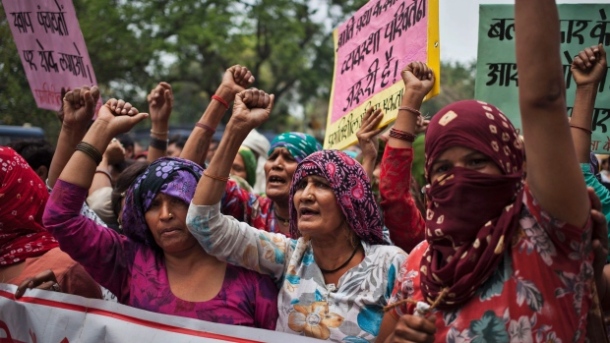I’ve been thinking about white pigment. When it comes to racial politics, I can give no merit to any view that holds race as a concrete thought form. For me, it comes down to pigment. We’re all just variations of similar tones. No matter how hard I try to see it, I simply wasn’t raised with the mental hooks onto which to hang ideas of racial superiority or inferiority. Perhaps emboldened by my artistic sensibility, my reflections on skin colour politics are always attached to pigmentation of paint.
Historically, people have died for the whitest white in art as well as make up. Lead based white pigments have caused a legacy of pain, death and sickness in those who used them. Nevertheless people have continually sought to appear lighter. This can be seen in the wide world of skin lightening poisons that pervade every culture. There seems to exist a strange and base instinct that suggests lightness will bring you bounty – even if it kills you slowly.
If only we could short circuit the assumption that lightness was inherently better. If only we could see racial gradation as the arbitrary thing it is. There is so much beauty in variation and so much bounty in natural reality. It seems the most absurd mind trap and yet we continue to abuse and destroy lives based on these arbitrary distinctions.
When I started painting people in high school (at around 17 years old), I first started painting light skinned people. I think I did that because light skinned people were primarily the people I saw in media (TV & magazines). They were also the people deemed most attractive in my social circles. Light skin automatically elevated you in the eyes of everyone around you. In an environment with North American TV amidst a population of darker skinned people, a light skinned person was a kind of social unicorn. I’m exaggerating a bit for effect but that’s essentially the environment I began painting in.
The point is though, that I began painting light skinned people and so I learned about tones of colour; how to mix paint to arrive at pigments that captured gradation of shadow and light as they reflected off pale skin. I learned that in order to paint lighter coloured skin, you travelled around the palette to include a range of pinks, purples, blues and browns. White skin therefore, was not literally white in any sense. Not even teeth are absolutely white. Painting teeth white, looks strange and malevolent.
Later on in high school, I wanted to paint people that looked like me. I had started learning my way around brown skin tones. I needed to visit other colours on the palette for my own skin tones to make sense. In fact I was hindered by the notion of whiteness in that it didn’t occur to me to mix my tones with white because I was not white. I mixed with yellow to lighten my browns and I was never entirely happy with the result.
Painting skin tone is a unique skill. The technique is very different from painting abstracts or landscapes. I think, in part, because of how ingrained our auto-response is to facial recognition, our tendency is very strong to autofill incorrectly. To paint a face I learned, it is very useful to turn your source image upside down, in order to confuse your mental autofill and allow you to paint what you see instead of what you think you see. The same goes for colour – you have to see the tones as literal tones in order to create resemblance. Only very recently have I begun to capture people similar to my skin tone, because I needed to build a mental map in order to arrive at the colours needed to create that semblance. Arriving there did indeed require some white, along with pink, orange, purple, brown and black. This is still a work in progress.










